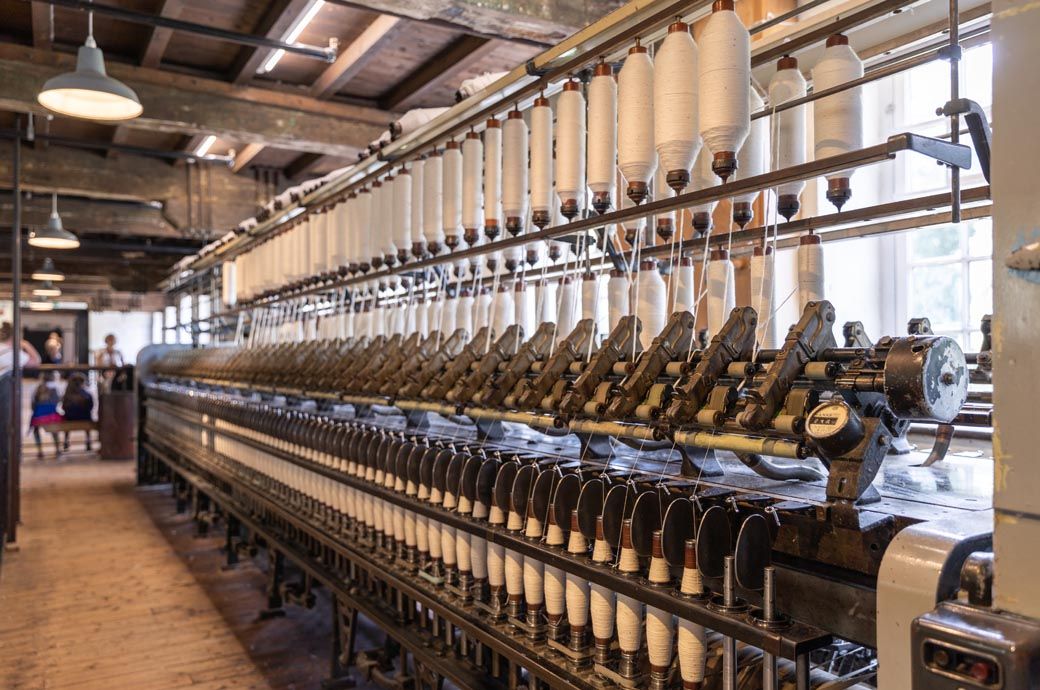
The outlook also brightened as positive sentiment of manufacturers rose to its highest level since early-2022, with 63 per cent of companies expecting output to expand over the coming year.
The seasonally adjusted S&P Global UK manufacturing purchasing managers’ index (PMI) rose to 51.2 in May, up from 49.1 in April, its highest reading since July 2022, but a tick below the earlier flash estimate of 51.3.
The headline PMI has posted above the neutral 50 mark in two out of the past three months.
May saw manufacturing production expand at the quickest rate since April 2022, with the upturn broad-based by both sector and company size.
All three product categories covered by the survey—consumer, intermediate and investment goods—and all three size definitions—small, medium and large—registered concurrent expansions for the first time in over two years, S&P Global said in a release.
Output growth was underpinned by improved intakes of new work, stronger market conditions and efforts to complete existing contracts.
The level of new business placed with UK manufacturers rose for the second time in the past three months and to the greatest extent since April 2022.
The upturn in demand was centred on the domestic market, as new export orders fell for the twenty-eighth month in a row.
There were reduced inflows of new work from several trading partners, including the United States, the European Union (with specific mentions of Germany and Poland) and the Middle East.
Business confidence improved in tandem with the recovery in current market conditions. Manufacturers reported the highest degree of optimism regarding the one-year ahead outlook for production volumes since February 2022.
Positive sentiment was linked to hopes that continued economic recovery, promotional efforts and improved export orders would all support growth in the future.
However, some firms also noted concerns about political and economic uncertainty, both at home and abroad.
Considerations relating to operating efficiency, cost management and lean production remained at the forefront of manufacturers decision-making during May.
Employment was reduced for the twentieth successive month, while inventories of finished goods and purchases were both depleted.
Input buying increased slightly during May, halting a 22-month sequence of reduced purchasing activity. Suppliers' delivery times lengthened for the fifth month running, mainly due to transportation issues such as the ongoing crisis in the Red Sea.
May saw average input costs increase for the fifth successive month, albeit to a lesser extent than in April.
Fibre2Fashion News Desk (DS)